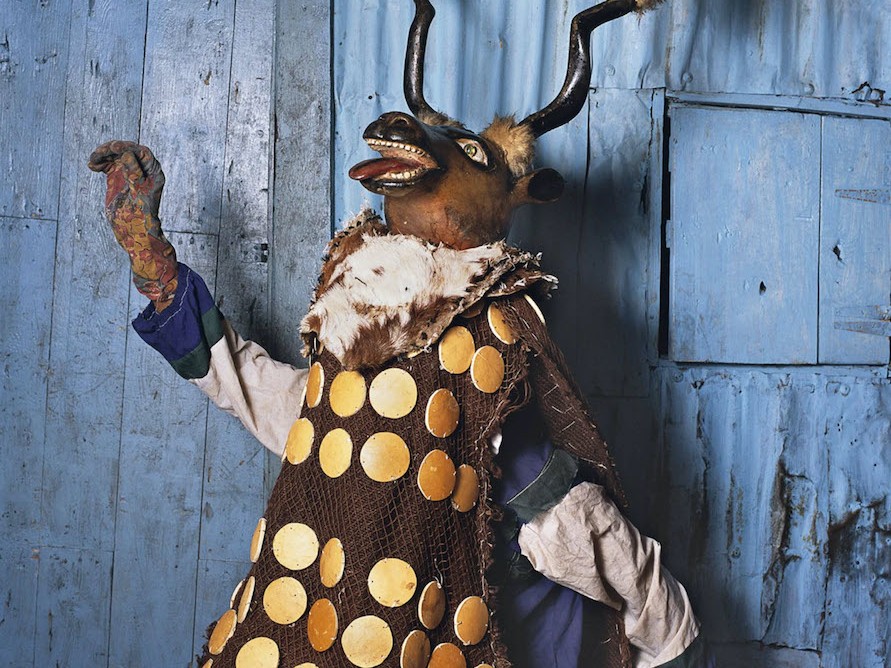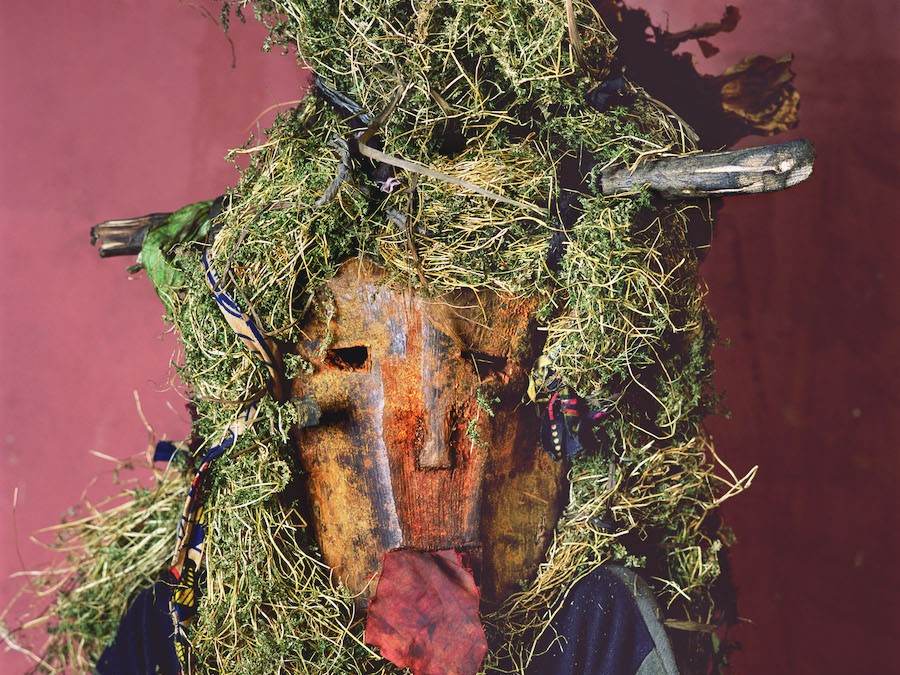Share this!
A Guide to Hiking Mount Kilimanjaro
Mount Kilimanjaro is special for many reasons. For the local Maasai, snowmelt from the summit has been nurturing life in the valley below for millions of years. For ice climbers, Mt Kilimanjaro holds special allure: Its ice fields and glaciers are fast disappearing, and may no longer be there in 2020, NASA says, thanks to this pesky phenomenon called climate change.
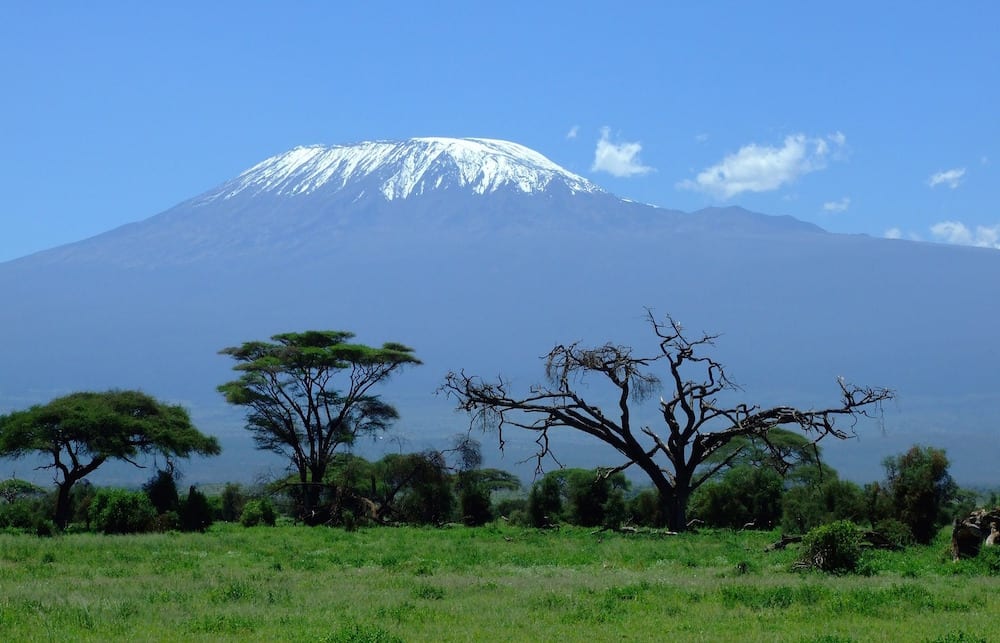
But you don’t have to be an ice enthusiast in a race against time to get Mt. Kilimanjaro on your bucket list. It’s the tallest mountain in Africa, after all, and a snow-capped dormant volcano at that in a continent notorious for blistering heat. Wouldn’t you want to stand on the roof of Africa and survey the world at your feet like some ancient mountain god?
But first, the preparations. Going on any mountain expedition requires forethought and careful planning, and you will need that more than ever in your bid to summit Mt. Kilimanjaro. So before you click that ‘book now’ button – which, by the way, you should do at least a year before your planned expedition – keep the following tips in mind.
Climb During the Dry Months
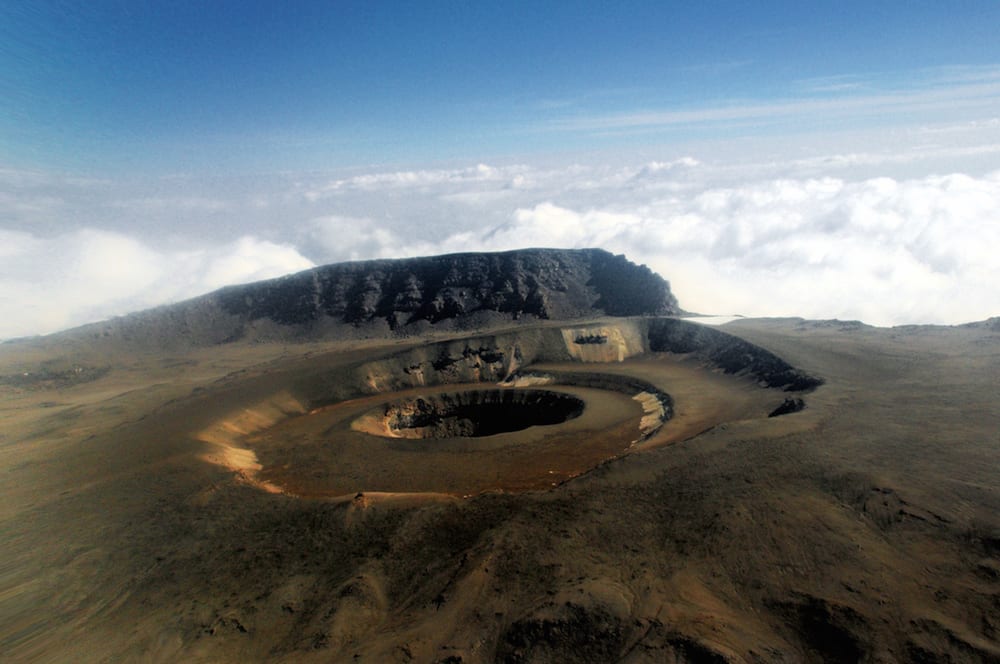
It’s self-evident to attempt your ascent of Mt. Kilimanjaro during its two dry seasons – January to mid-March, and June to October (the latter corresponding to summer breaks in Europe and North America, which translates to huge crowds). Otherwise, prepare to brave the muddy and stormy conditions in the mountains when the rains arrive.
This doesn’t mean, however, that you won’t encounter rain during your climb in the drier months. After all, climbers will have to go through five different temperate climates to get to the top of Mt. Kilimanjaro, so a shower during the drier months should be expected. Kibo, the highest peak of Kilimanjaro’s three (Mawenzi and Shira being the other two), is highly likely to be covered in thick cloud during the rainy season, making your summit bid all the more challenging (although not impossible).
Decide Which Route to Take
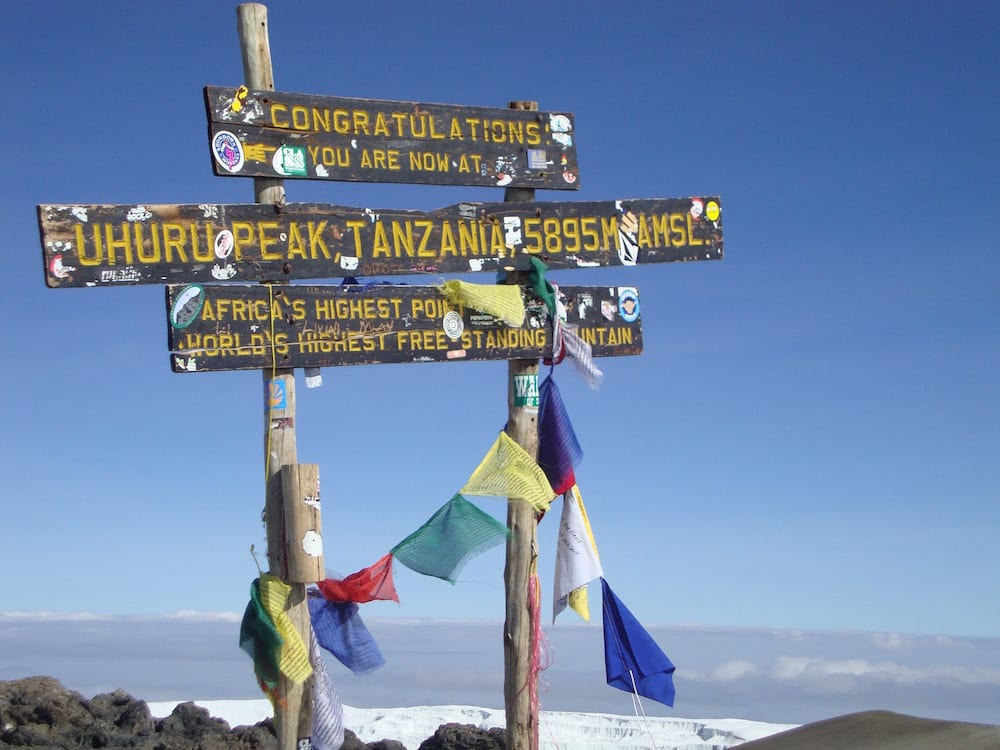
There are six established routes leading up the slopes of Mt. Kilimanjaro (the seventh one, Mweka, is only used for descent.) Of the six, five are used only for ascent, while the last one is used both for ascent and descent.
For you to choose the most compatible route, consider how many days you have set aside just for this adventure alone. If you have only set aside five days for climbing, take the Marangu Route. It’s the most comfortable route and also the cheapest. Understand, however, that the shorter the time you spend on the mountain, the less time you’ll have a chance to acclimatize. Trekking Machame and Umbwe Routes can be compressed in as little as 6 days, but 7 days is ideal to allow acclimatization.
On the other hand, if you have enough funds and vacation time set aside, and you wish to spend some alone time in one of the world’s unique wilderness, take the longer, more scenic Lemosho route. It takes about 8-9 days to complete, but will leave you with memories that will last a long time (in most likelihood longer than the numbered days of glacial ice on Kilimanjaro’s slopes).
Prepare for High Altitude
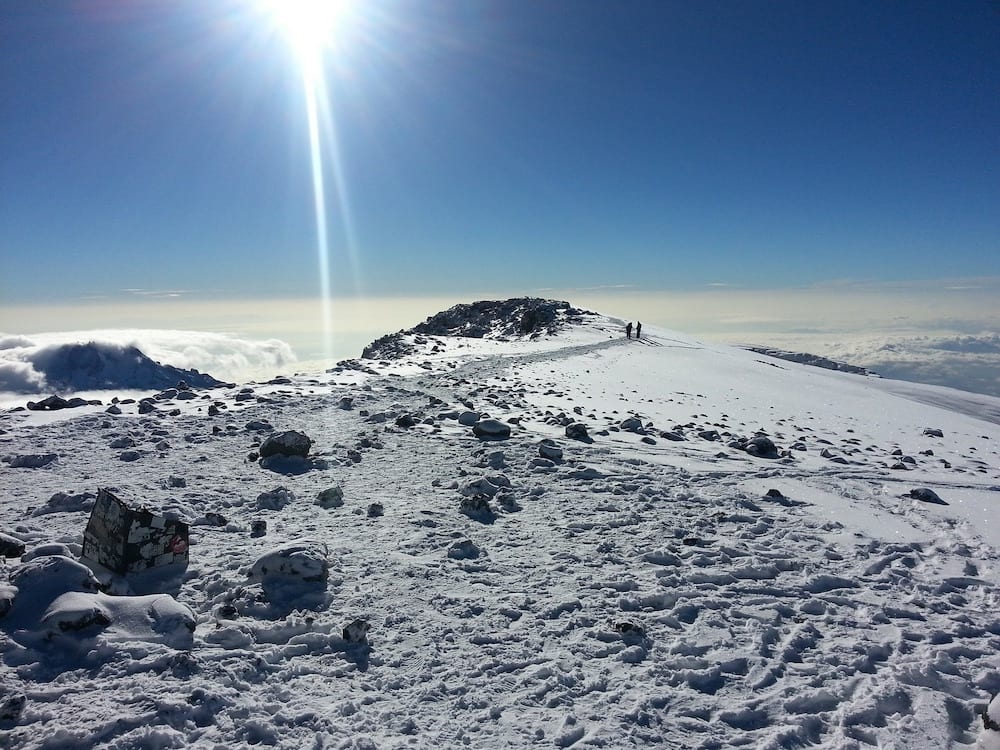
Kilimanjaro doesn’t demand technical mountaineering skills. It’s all putting one foot in front of the other. (You may have to scramble on all fours at the Barranco Wall, but nothing a newbie cant’ handle.) What dashes the hopes of would-be summiteers is altitude sickness. At 5,895 meters (about 3.7 miles) above sea level, there is half as much oxygen at the summit of ‘Kili’ than at sea level.
Not even half of the climbers who attempt a five-day ascent make it to the summit, and the reason has nothing to do with hiking ability. (Two hikers – in wheelchair – have been documented to climb Kilimanjaro, so walking doesn’t even appear to be a prerequisite.) What appears to matter, whether you want to reach the summit or not, is your ability to get accustomed to drastic altitude gain. ‘Climbing high and sleeping low’ allows you to ease into a reduced-oxygen environment. This you can easily do on a longer trek.
Pack Light
In life as in climbing, it pays to strip your needs to the barest essentials. Especially when you’re climbing a high mountain, the higher you go, the heavier your load will feel.
On Kilimanjaro, there’s also financial consideration to packing lightly. Every porter is supposed to carry load no heavier than 15 kgs (about 33 pounds), and if you are to book with a reputable operator, this means that you will have to pay for creature comforts that you bring with you (a cappuccino machine perhaps?). No one stops you from doing so. Just don’t grumble when the bill arrives.
Packing light shouldn’t prevent you from packing clothing essential to your survival in an environment renowned for its shifting climates. Take with you at least one complete hiking outfit, including boots (you won’t want to risk blisters). Bring just the right amount of clothes you can wear in layers. And don’t complain when you begin to smell.
Don’t Scrimp
Climbers may think that because Tanzania is in Africa, every dollar is going to go a long way. Tanzania, however, realized that their landscape and abundant wildlife could very well be a sustainable and lucrative source of foreign exchange, and charges accordingly.
So if you are set on walking the slopes of Mt. Kilimanjaro, prepare to be generous, to yourself and to your crew – typically composed of a guide, porters, and if you fancy a decent spread, a cook. It’s possible to do the Machame route for no less than $1,000 – if you are willing to rough it – but you still have the flight, the pre- and post-climb accommodation to pay for. You’ll also need to pay for food, transport and wages. It’s also customary, even expected, to tip your crew.
Because Tanzanian law requires you to partner with an operator, you might be tempted to book with the cheapest one you can find. Don’t. For one, they may overload their porters way beyond the 15kg limit yet pay way less than the minimum required by law. Your equipment may also not be up to task. Even if you don’t have any intention of standing on the summit of the highest free-standing mountain in the world, would you really want to be shivering at night and missing sleep, and wake up to a ‘meh’ breakfast?
Most important of all, are you willing to compromise your safety for a few hundred dollars you can earn back once you get home in one piece and in high spirits? Probably not. You might as well make the most of your time on the slopes of this celebrated mountain while you’re in Tanzania. Who knows when you might be back, and for how much longer the peaks remain snow-capped.
[amazon_link asins=’B01GIK42XG,B00DVIF9JA,1741798965,B01CNYRZ8A,B06WWJVR4G,1548334707,B00AUNKFJS,1857336291′ template=’ProductCarousel’ store=’dawebsite2017-20′ marketplace=’US’ link_id=’e0d19d3c-b05d-11e7-b0ae-bb64b87fa902′]



